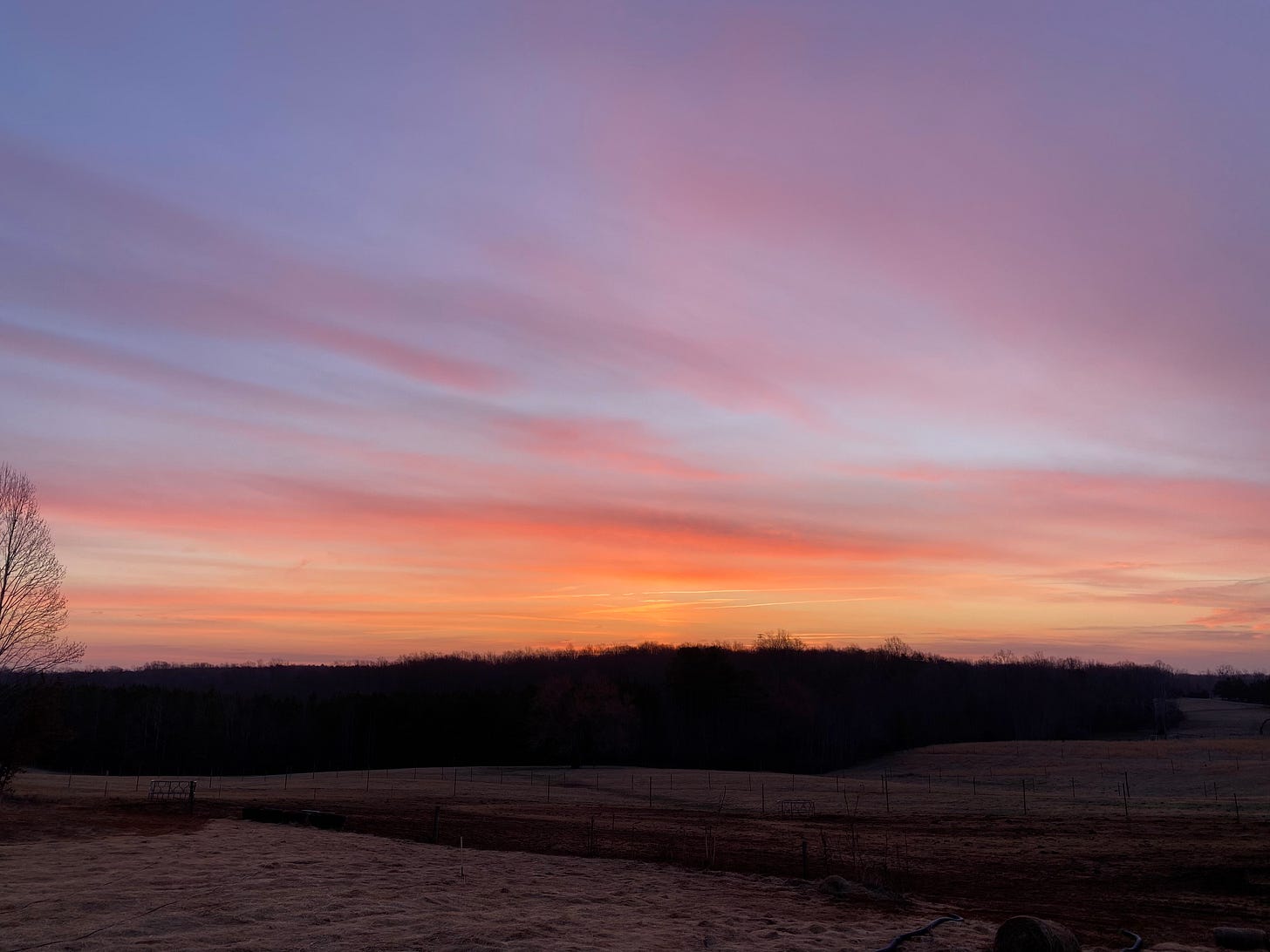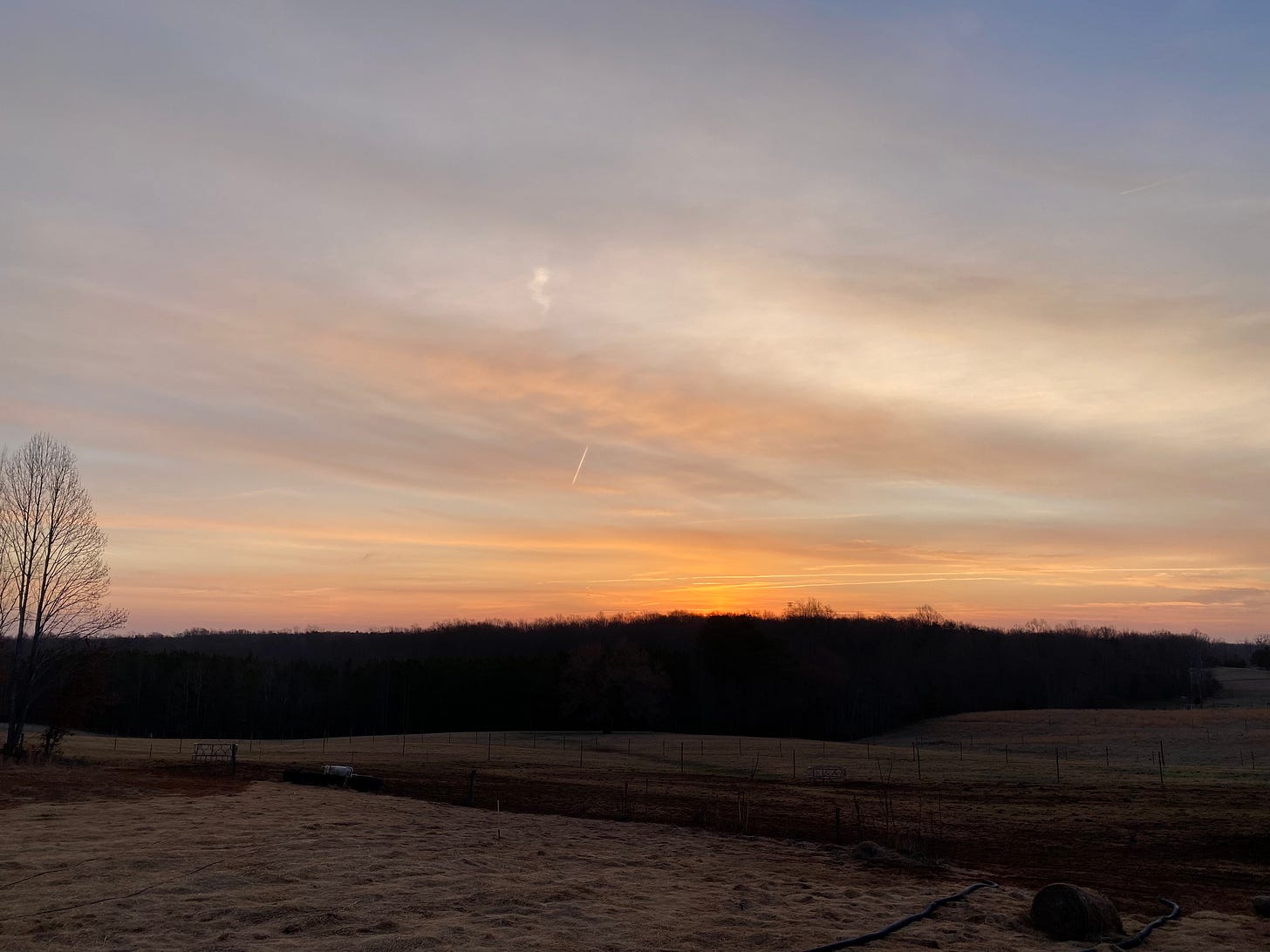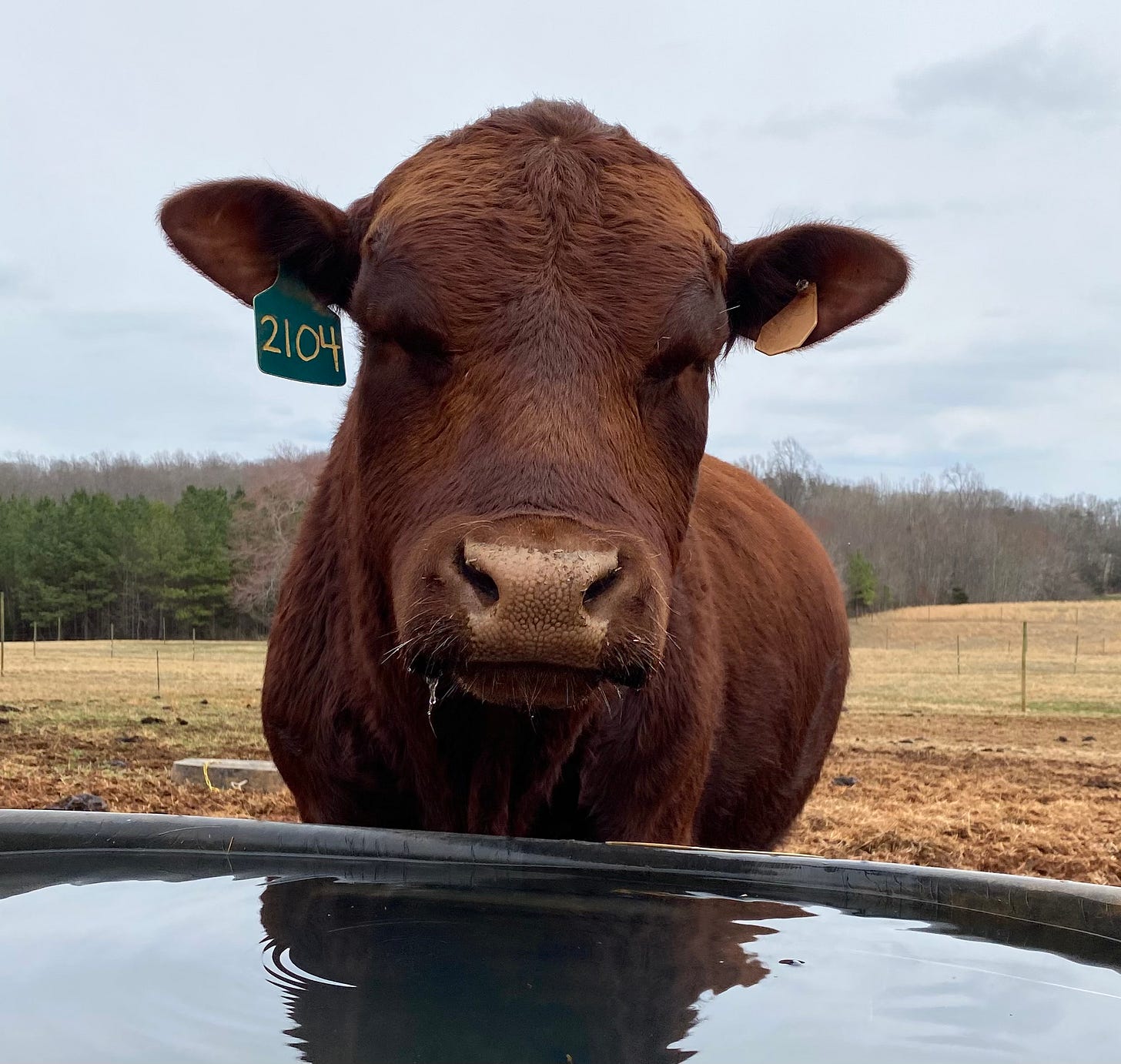Faith over fear
until it doesn't work that way
Have you ever heard that the Bible says “fear not” 365 times, one for every day of the year?
It’s not true, no matter which version you’re reading. But God does tell us many times not to fear.
We’re told not to fear what man can do to us, not to fear lack of provision, and not to fear the plans of the wicked. We’re told that God does not give us a “spirit of fear.”
I promise I have not gone looking for this, but the subject of fear and our response to it keeps coming up everywhere I turn, and I think there may be some misunderstandings.
I read a blog post recently that talked about how we shouldn’t let fear paralyze us. Instead, we should ask God for help and keep moving forward. It said that if we give in to fear, the enemy wins, and that when we are overwhelmed by fear, we should switch to faith.
I understand where the writer was coming from and the point she was trying to make, and I can agree, but with a caveat: God created us with emotions, and those emotions include fear. Fear is hard-wired into us as a warning mechanism of physical and emotional danger. It is there to help keep us safe.
If you’ve ever been to the Grand Canyon or someplace like it, you’ve probably felt a little fear if you stood close to the edge. With one glance down, you understand how badly broken your body would be if you fell, crashing and splatting on all the rock formations on the way down. God uses that fear to keep you from doing something stupid right there on the edge of the South Rim.
So sometimes we need to listen to our fear. It has a purpose and it’s God-given.
However, according to PsychologyToday.com, “when someone’s fear is persistent and specific to certain threat, and impairs his or her everyday life,” that’s more likely to be a phobia. Common subjects of phobias are spiders, germs, heights, and public places. These are all rational fears that, for myriad reasons, our brains take too far. Arachnophobia is common in my family, though I never suffered from it until a car accident opened the floodgates of trauma a few years ago. Then suddenly every spider was a mortal threat.
So I’ve been on both sides of the rational/irrational fear thing. The point is that fear can help us know when something is dangerous, so we should stop when we feel fear and ask ourselves, “What is this fear trying to tell me? Is it true? Is it rational? Is there something I should do about it?” It may be there for a reason.
Then I heard a message that said when we fear, sometimes we choose fight, sometimes flight, and sometimes freeze. But (the message went) there is a fourth option: faith. Trust God to do the big and the impossible, or, at the very least, to get you through the thing that’s causing your fear.
Again, I get where this is coming from, and we certainly do need to be reminded to trust the Lord in difficult situations. I’ve been a Christian almost 40 years and I still need the reminder.
But this whole discussion leaves me feeling like we’re missing something, like there’s more we aren’t uncovering, and maybe it’s purely based on whether you’ve experienced actual trauma or not. If you haven’t, you’ve probably had no need to understand the other side.
PsychologyToday.com says that trauma is defined as “an event that overwhelms the capacity to emotionally digest it.” It may be “a one-time occurrence or a series of occurrences perceived as seriously harmful or life-threatening.” Dr. Bessel van der Kolk, in his book The Body Keeps the Score, adds “Trauma, by definition, is unbearable or intolerable.” It is an event the nervous system cannot handle, cannot digest, cannot process, cannot understand, cannot rationalize, cannot absorb. It is literally too much.
If I may grossly oversimplify things: there are two main parts of the brain that are directly involved in trauma. One is the prefrontal cortex, the thinking brain. This is the home of logical thought and decision making. The other is the amygdala, the fear center. The amygdala’s job is to take in all of our sensory information (what we see, hear, smell, feel, and taste) and determine what is a threat. That is the amygdala’s primary job: to see danger coming and react to keep us safe.
When the amygdala sees the edge of the canyon and how far down it is, it uses that information to warn the nervous system to back up, don’t hop over the fence, don’t get any closer. The body backs up, and then the amygdala sees that the threat has diminished, and it goes back to its normal state of calmly ingesting sensory input. When the amygdala settles down, the prefrontal cortex takes back over making decisions as it usually does.
Picture the amygdala and prefrontal cortex as being the two ends of a seesaw: when one is more activated, the other is less activated.
When a trauma occurs, the amygdala goes into overdrive and the prefrontal cortex becomes inactive. In other words, the fear center takes over and the thinking center goes offline; it is unable to be accessed. The body cannot make a rational decision—that part of the brain isn’t available. The fear center becomes commander-in-chief and mobilizes the threat response—what we call fight-or-flight.
When I was driving up the road the day I was hit head-on, my amygdala saw the little black car coming toward me. When it determined the car was not going to swerve, that it was indeed going to hit me, my amygdala took over and my prefrontal cortex was cut off. There was no rational thought going on in my brain. My amygdala was in complete control of my nervous system, making it brake hard, steer away from the car but not into the ditch, let out a yell, turn my head and squeeze my eyes shut. I did not decide to do any of these things—my amygdala did them for me. That was its plan to keep me alive.
Did I feel fear? Absolutely. Could I have chosen faith in that moment? Not one chance.
So what do we do when we need to exercise faith but the opportunity to choose it in the moment is not there?
We have faith preemptively. We practice it every day until it becomes automatic.
I trust God regularly with little and big things. I trust him to keep us healthy and to not let us go bankrupt and to keep all my kids and grandchildren safe and to make the bull stay in the fence
and to help me not burn the bread when company is coming. I have faith in him, knowing he desires the very best for me.
But I could not have chosen to have faith that the little black car would not hit me that day. My amygdala evaluated all the input and knew it was going to. So that part of my brain responded the way God created it to: it shoved my thinking brain out of the way and did what it had to do to keep me alive. There were no rational choices made in that instant. I don’t know why I turned my head or why I yelled. Those came from the deepest part of my survival brain and I did not do them on purpose.
I am all for choosing faith over fear, and I practice making that choice many times every day. I live my life in a posture and attitude of faith in God.
But when the choice is not available—as in a traumatic situation—God designed our brains to do their best to keep us alive anyway. He did this knowing what we are made of and that in our weakness we need his built-in strength.
We are indeed fearfully and wonderfully made.





Yes, thank you! Even with a fairly trauma-free life, being caught driving in tornadic winds once threw off the balance between what my body, mind, and spirit know and experience in crisis. Faith helps. But I can be (have been) sitting in a hospital room waiting for results with a faith-filed, peaceful spirit, a fearful body, and a mind in let's-fix-this overdrive. This message needs to be on replay!
Great perspective. Been thinking on the same myself! Thanks for sharing and putting my thoughts into words ♥️